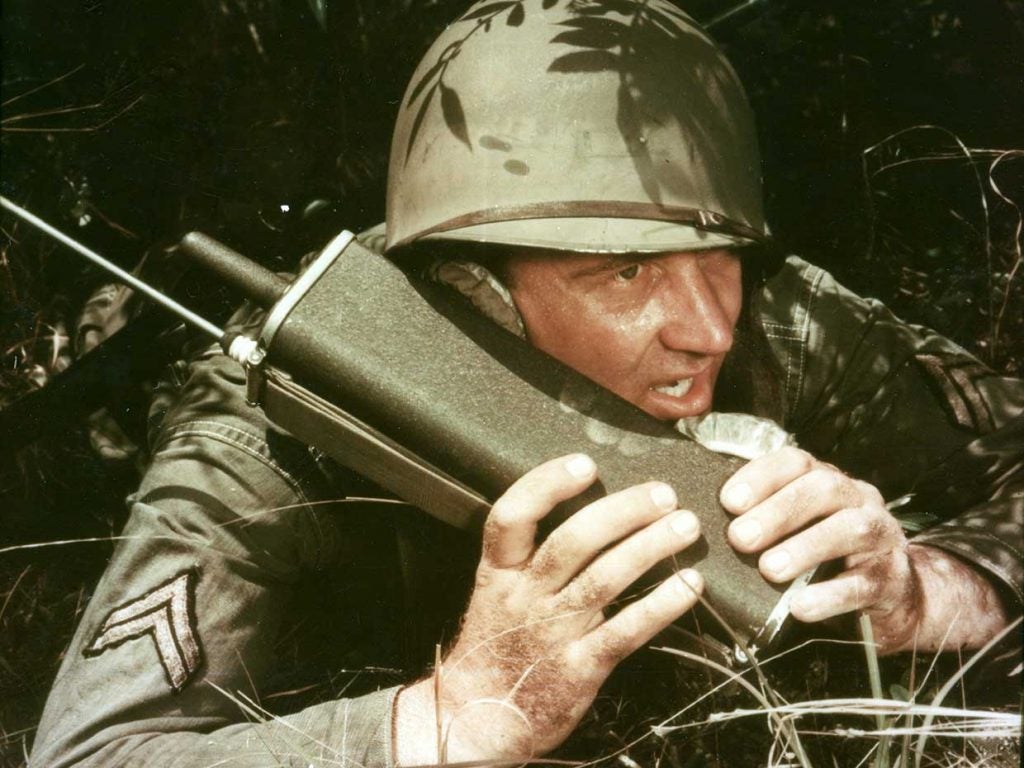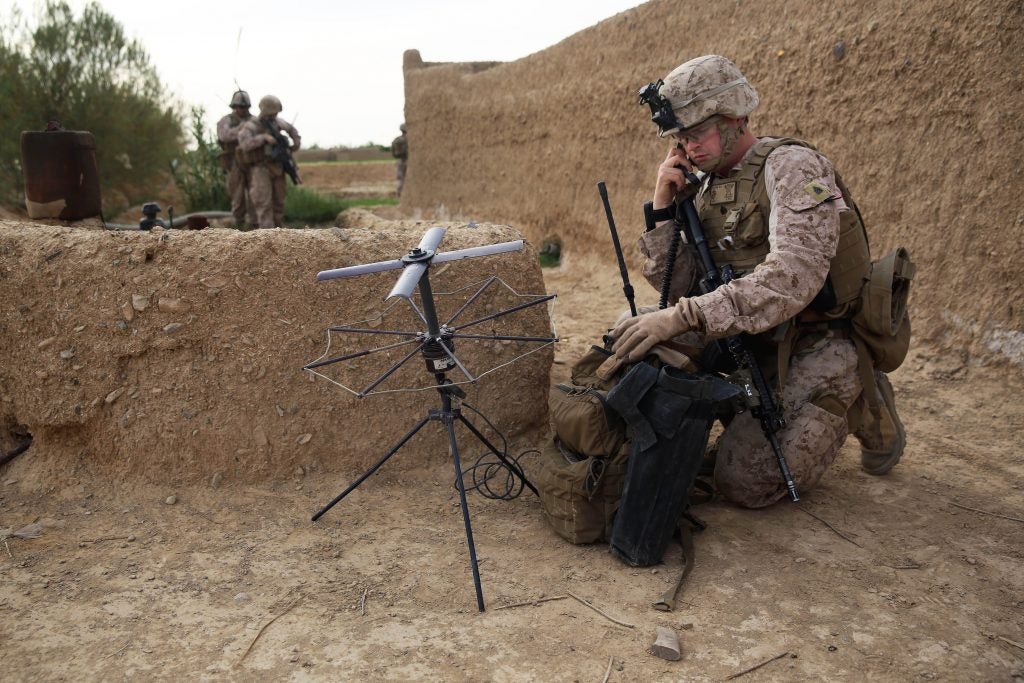US Army Futures Command Announces Advancements in Radio Technology
The US Army Futures Command recently announced that over the course of 2020 it has made significant progress in the fields of radio communications. The new radios are claimed to be “very, very difficult to jam” and meant to be used in “contested and congested environments”.
In an interview with C4ISRNET, Dan Duvak, who leads the US Army’s C5ISR Center’s Radio Frequency Communications division, explained the shortcoming of older systems:
“We’re pretty cognizant that if we just use our legacy system [and] send energy out in all directions, you know, we’re not very efficient with our power and batteries, from dismounts and things like that. […] But also, the adversary is going to have that capability to detect us. And as soon as they detect our radio transmissions, that’s a bad place to be.”
The army cooperated closely with Persistent Systems and Silvus; their advanced radios are set to reach army soldiers in around two years as part of a communications-oriented package known as “capability set ’23”. The army and its partners hope that the new radios will be more efficient, less prone to jamming and interference and less likely to be detected by the enemy.
In order to better avoid jamming, the Silvus-made radio uses frequency switching and interference cancelation algorithms while the Persistent Systems model has focused on improving the robustness of their waveforms. Vice president of engineering and operations at Persistent Systems Eric Stern further explained that:
“We have built new detection and mitigation electronic protection measures, adapted those, and built them into the firmware to maximize performance.”

The US army has long been a leader in the field of radio technology. During World War II, the army developed the SCR-536 “Handie Talkie” which in the era of backpack-mounted radios enabled radio communications to reach as far down as the platoon level. Historian Gordon L. Rottman highlights that while a German battalion could expect to have around 4 radios in late 1944, its American counterpart could be expected to field 31. The next generation of US soldier is set to deploy radio equipment more effective than his ‘handie-talkie’ predecessors could imagine.

